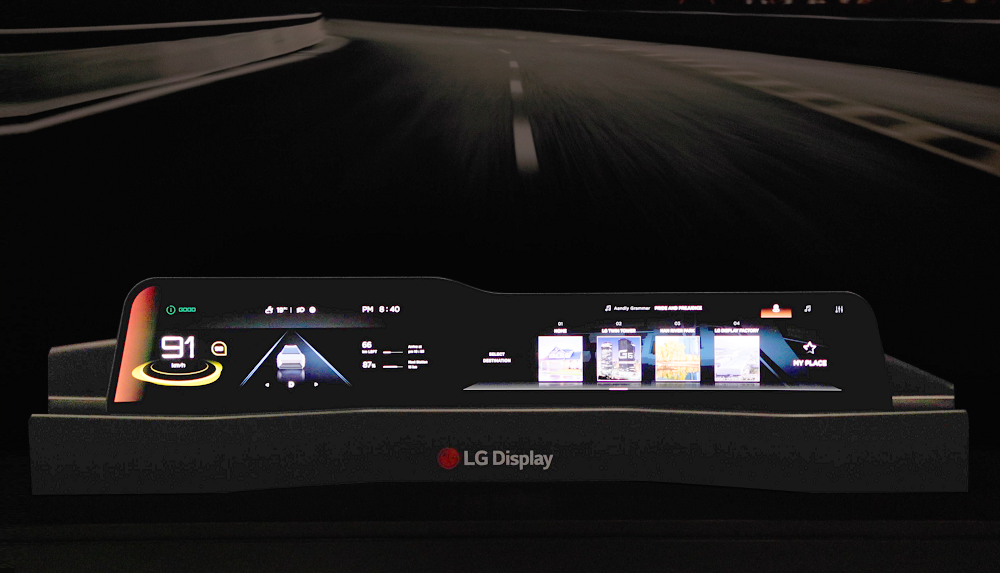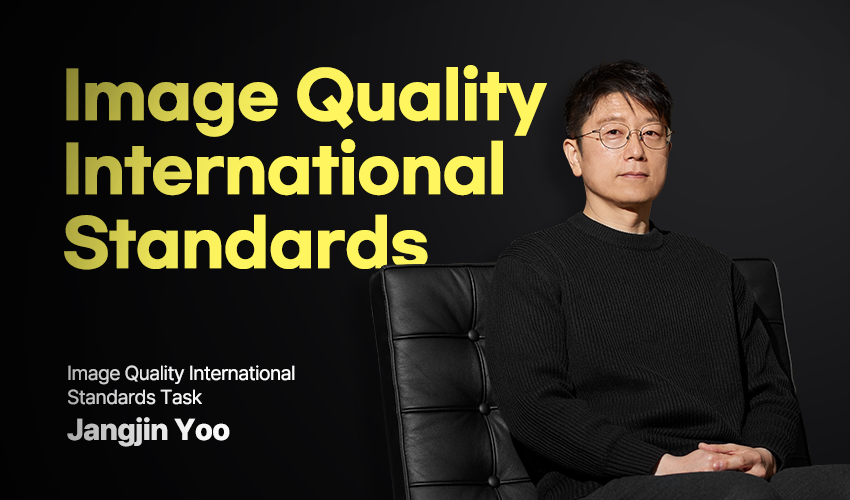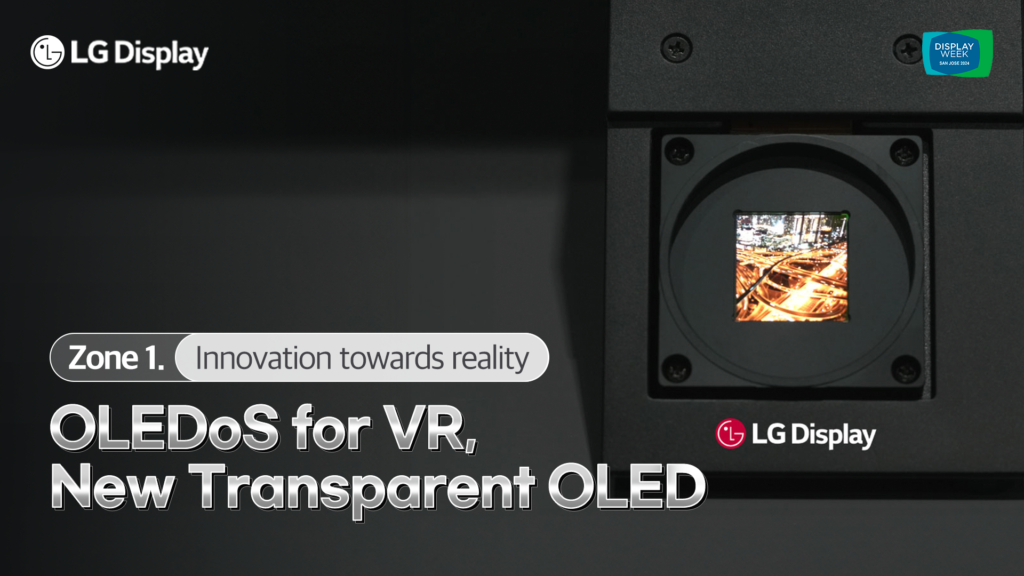By Alex Jensen –
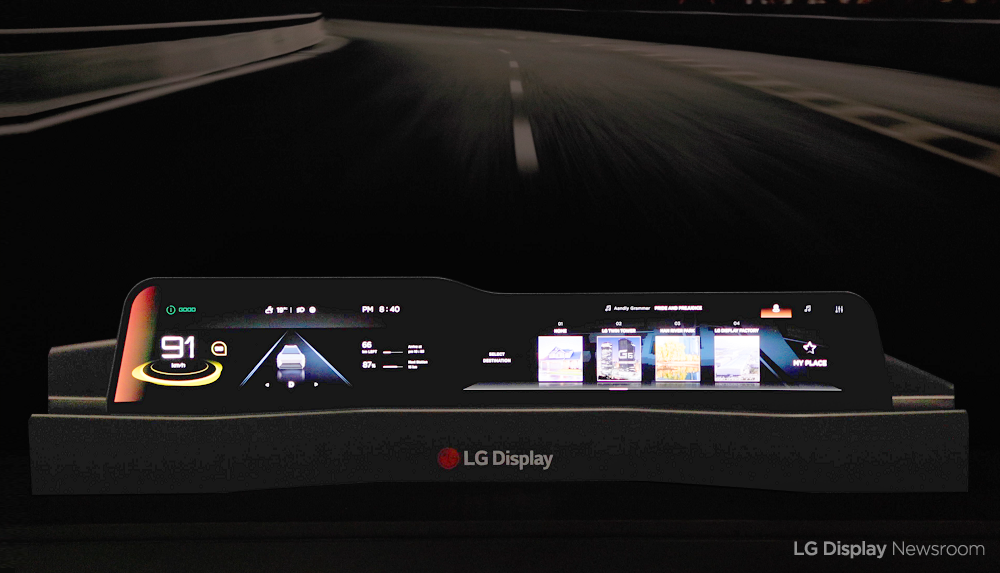
With the return of the legendary Detroit Auto Show – now rebranded as the North American International Auto Show (NAIAS) – for the first time since before COVID-19 struck, we are seeing clearer evidence than ever that the automotive sector is undergoing a paradigm shift.
Out go old-fashioned gasoline concepts, in come sleek EVs and self-driving visions of the future. While this year’s NAIAS is much smaller than Detroit Auto Shows of the past, companies have been using the event to show off everything from wireless EV charging solutions to an auto show in the metaverse.
Given this blurred line between cars and tech, perhaps we shouldn’t be surprised that CES 2022 was described as the best auto show in years. And one area of mobility technology that could really benefit from this shift is Automotive P-OLED, which may just completely transform the way we view and use vehicles.
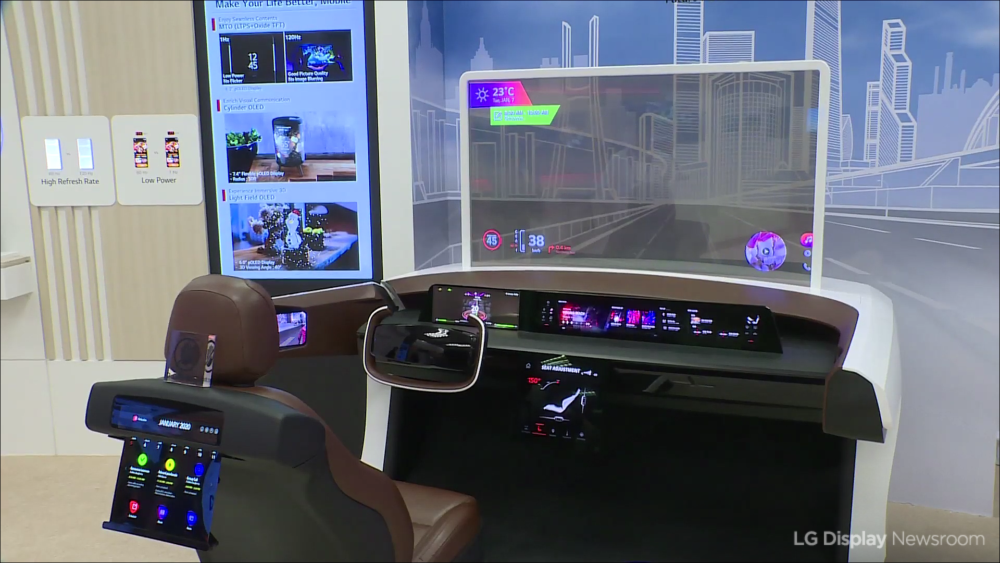
Automotive P-OLED was first commercialized by LG Display as a way of offering the much-loved vivid picture benefits of OLED’s self-emissive pixels in a form that’s more appropriate for an in-vehicle environment. Using a flexible polymer instead of OLED’s regular glass substrate, Automotive P-OLED has earned some serious praise over the last year or so, winning the Best New Display Component Award at SID 2021 before taking the highest honor at the 2021 Korea Technology Awards.
Those accolades have also translated into market success, which is backed up by data cited by the Korean media. For instance, in the first quarter of this year, LG Display occupied more than 50% of the automotive OLED market for 10-inch displays or bigger, which is expected to expand 42% annually to hit US$670 million by 2025. And with the overall vehicle display market set to exceed US$10 billion for the first time in 2024, it’s clear that this area of technology has a huge future in mobility.

The reason why Automotive P-OLED has such a role to play lies in various advantages. Because they do not require any kind of backlight, Automotive P-OLED displays are lighter and more flexible than LCD counterparts. Not only does this make them more eco-friendly, requiring less power, but it also benefits design. Automotive P-OLED can be applied in various shapes and form factors – think curved displays, seamless bezels, and the futuristic aesthetics of autonomous vehicles that may be equipped with many more screens than the cars of today. After all, displays could become the central focus of the mobility experience if we’re not having to keep a close eye on the road.
As for performance, Automotive P-OLED’s self-emissive pixels provide exceptional clarity whether it’s day or night. And these displays are more comfortable to look at, having become the first of their kind to earn TUV Rheinland’s Eye Comfort Display certification, in addition to being certified as a High Visibility Automotive OLED product.
So, as we usher in a new era of mobility, watch out for Automotive P-OLED. The world of autos may be looking beyond gas-guzzling monsters, but it’s more excited about technology than ever – and displays are ready to soar along with the (flying!) vehicles of the future.




